Types of composites
Composite materials can be classified based on their matrix or reinforcement components. This add-on focuses on four types of composites: Unidirectional, Woven, short fiber composites (chopped), and wood. Unidirectional composites consist of fibers aligned in a single direction, providing exceptional strength and stiffness in that direction, and are commonly used in aerospace and structural applications. Woven composites comprise interlacing fibers in a crisscross pattern, providing good mechanical properties in multiple directions, and are frequently used in aerospace, automotive, and sporting goods applications. Short fiber composites are composed of randomly dispersed short fibers in a matrix material, offering excellent toughness and are frequently used in automotive and consumer goods where impact resistance is critical. Wood, a natural composite material with cellulose fibers embedded in a lignin matrix, has good mechanical properties and is used in construction, furniture, and decoration. Wood composites, made by combining wood fibers or particles with a resin or adhesive, offer improved properties and versatility compared to natural wood.
Composite fatigue modeling in Abaqus
Fatigue analysis is a process of evaluating the behavior of a material or structure under cyclic loading conditions. This analysis involves predicting the initiation and propagation of cracks that can lead to structural failure over time. Fatigue analysis is commonly used in the design and evaluation of engineering structures such as aircraft, bridges, and automobiles. The analysis considers various factors such as loading frequency, stress levels, and material properties to predict the fatigue life of a structure and ensure its safe and reliable operation. Composite fatigue analysis in Abaqus is done by its subroutines and as it’s known, writing subroutine is not a thing that everyone knows about. Therefore, this add-on comes in and generates the subroutine for fatigue analysis. The type of the composite is selected, the material properties is imported and by clicking on a button, the subroutine will be generated.
As mentioned earlier, this add-on supports four types of composites: Unidirectional, Woven, short fiber composites (chopped), and wood.
Fatigue in unidirectional composites
The theory used for fatigue analysis in the unidirectional composites is the Shokrieh and its equations are based on the Hashin failure criteria. The generated subroutine would be the UMAT.
The research described a modeling technique called progressive fatigue damage modeling, which is capable of simulating the fatigue behavior of laminated composite materials. The model can simulate the residual stiffness, residual strength, and fatigue life of composite laminates with arbitrary geometry and stacking sequence under complicated fatigue loading conditions. The model is an integration of three major components: stress analysis, failure analysis, and material property degradation rules.
The stress analysis component of the model uses a three-dimensional, nonlinear, finite element technique to analyze stress. The technique accounts for the edge effect by using a larger number of elements near the stress concentration and at layer interfaces. Each element is considered to be an orthotropic material under multiaxial state of stress.
The failure analysis component of the model detects different failure modes of a unidirectional ply under multiaxial states of stress by using a set of fatigue failure criteria. The material property degradation rules component of the model uses an analytical technique called the generalized residual material property degradation technique to degrade the material properties of elements. This technique is not restricted to the application of failure criteria to limited applied stress ratios.
Based on the model, a computer code is developed that simulates cycle-by-cycle behavior of composite laminates under fatigue loading. This code can be used to investigate the fatigue behavior of composite materials and can be applied to various engineering applications.
Fatigue in woven composites
Fatigue in woven composites refers to the progressive damage and eventual failure of these materials under repeated loading conditions. Woven composites, which consist of interlaced fibers, are particularly prone to fatigue due to their complex microstructure. Fatigue can cause a reduction in stiffness and strength, as well as the appearance of cracks and delamination. Understanding the mechanisms of fatigue in woven composites is crucial for the design and maintenance of structures that rely on these materials.
The modified Hashin fatigue damage model is used for the woven fatigue analysis and it is applied to the model by generating the UMAT subroutine. The modified Hashin fatigue damage model based on the article titled “Life prediction of woven CFRP structure subject to static and fatigue loading “ is used. In this fatigue model, strength and elastic properties reduction and fatigue life are calculated.
Modified Hashin fatigue damage model (strength degradation model):
The degraded fatigue strengths () replace the ultimate strengths (
) in this equation.
The following equations can be used to predict the failure of composite materials under different loading conditions:
1. Fiber tension
2. Fiber compression
3. Fiber tension
4. Fiber compression
The maximum stress fatigue damage model predicts failure based on the maximum stress in the material. This model assumes that failure occurs when the maximum stress exceeds the material’s ultimate strength. This model is relatively simple and easy to implement, but it does not take into account the complex microstructure of composite materials.
In contrast, the modified Hashin fatigue damage model is more complex than the maximum stress fatigue damage model, but it provides a more accurate prediction of the fatigue behavior of composite materials. By considering the microstructure of the material and the different damage mechanisms that occur, this model can provide a more detailed understanding of the fatigue behavior of composite materials, which can be used to optimize the design of composite structures and improve their durability.
Fatigue in short fiber composites (chopped)
Fatigue in short fiber (chopped) composites refers to the gradual degradation and eventual failure of these materials under repeated loading conditions. Short fiber composites have a microstructure consisting of randomly oriented fibers, making them susceptible to fatigue. Fatigue can lead to a reduction in stiffness and strength, as well as the appearance of cracks and fiber breakage. Understanding the mechanisms of fatigue in short fiber composites is important for the design and use of these materials in various industries, including automotive and aerospace.
The fatigue analysis of the short fiber composites (chopped) is based on the theory used in this article: “Fatigue behavior and cyclic damage of peek short fiber reinforced composites”.
Progressive cyclic damage evolution of short fiber reinforced PEEK composites presented significantly different patterns depending on applied stress level and on the presence of different reinforcement typologies. In order to reproduce the different fatigue damage kinetics and stages of progressive damage accumulation observed experimentally, a cyclic damage model was finally developed and implemented into a finite element code by which a satisfactory agreement between numerical prediction and experimental data at different stress levels for each examined material. Fatigue short fiber composite is a rare topic, and finding a good training resource would be hard.
Fatigue in wood
Since the material properties degradation due to wood fatigue can affect the load distribution in the structure in different periods of the structure’s life, in the present package, static failure criteria with rules for elastic and strength reduction are used for fatigue modeling. The appropriate failure criterion in this method is the criterion that has the best performance in predicting material failure under static combined loading. In this case, the success of the criterion in predicting fatigue failure will depend, above all, on setting appropriate rules for the gradual reduction of material strength and stiffness matrix due to fatigue. The formulation of these rules is generally based on Normalized life, which indicates the percentage of life spent. Therefore, calculating the fatigue life for each type of loading and with each stress ratio will be an important step in formulating the problem in this way.
The theory used to analyze the fatigue in the wood is based on this article: Progressive Fatigue Damage Modeling of Cross-ply Laminates, I: Modeling Strategy.
The objective of this research is to develop a model for simulating the fatigue behavior of cross-ply laminates under cyclic tension-tension loading conditions. The model is based on two assumptions: off-axis plies redistribute stress within the laminate, while on-axis plies control failure and reduce strength. The model predicts the residual strength and fatigue life of cross-ply laminates with limited experimental data and reasonable accuracy. The model’s results are compared to experimental data presented in the article’s second part. This research provides important insights for designing and maintaining structures made of cross-ply laminates subjected to cyclic loading.
The generated subroutine for all types would be UMAT and it is worth mentioning that this add-on can be used for both academic and industrial purposes.
It would be helpful to see Abaqus Documentation to understand how it would be hard to start an Abaqus simulation without any Abaqus tutorial.
Moreover, the general description of how to write a subroutine is available in the article titled “Start Writing a Subroutine in Abaqus: Basics and Recommendations “. If you even do not familiar with the FORTRAN, you can learn the basics via this article: “Abaqus Fortran “Must-Knows” for Writing Subroutines”. You may also like this article to begin writing your own UMAT: “Start Writing Your First UMAT in Abaqus”.
Read about the Composites: All about Composite analysis | Abaqus composite
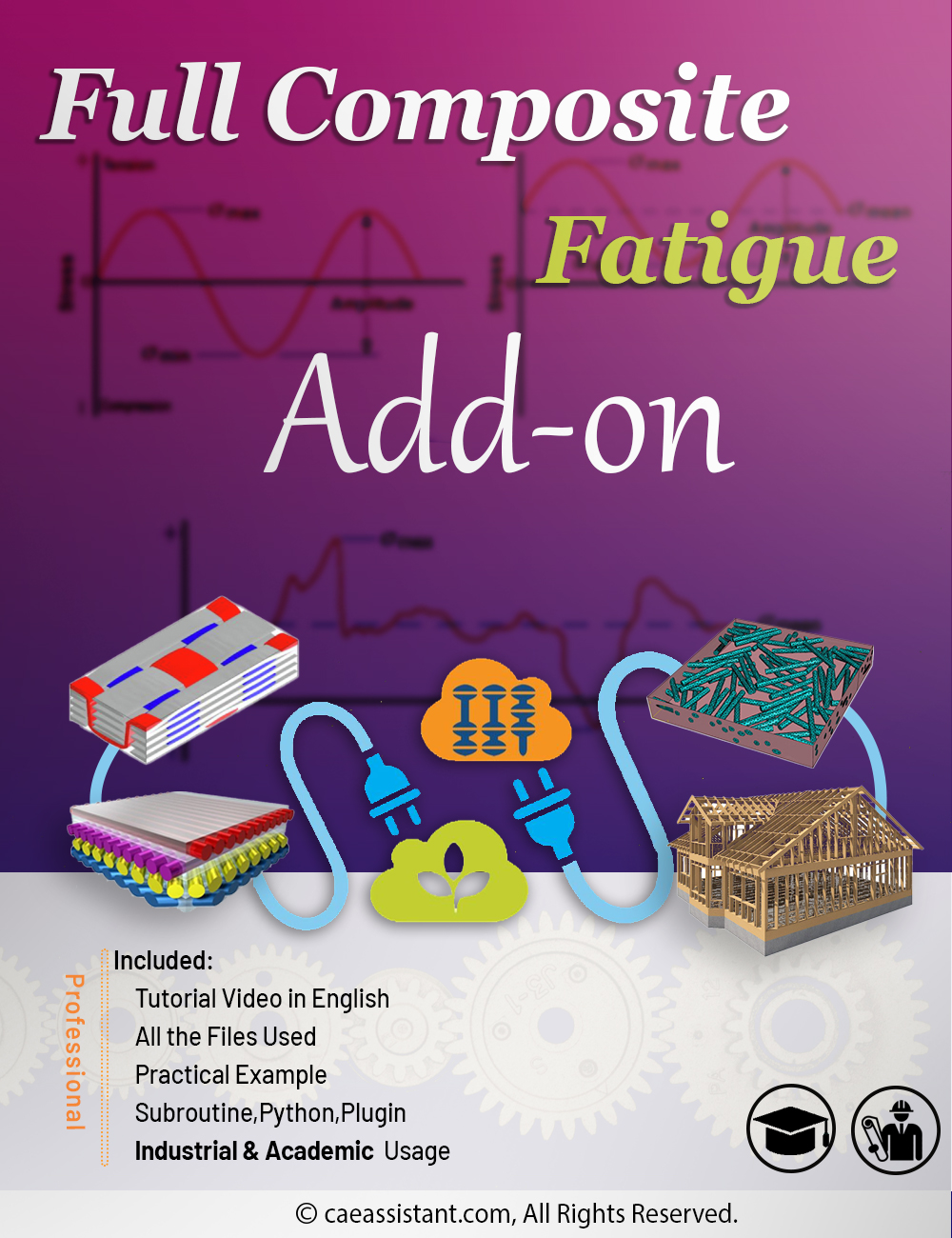
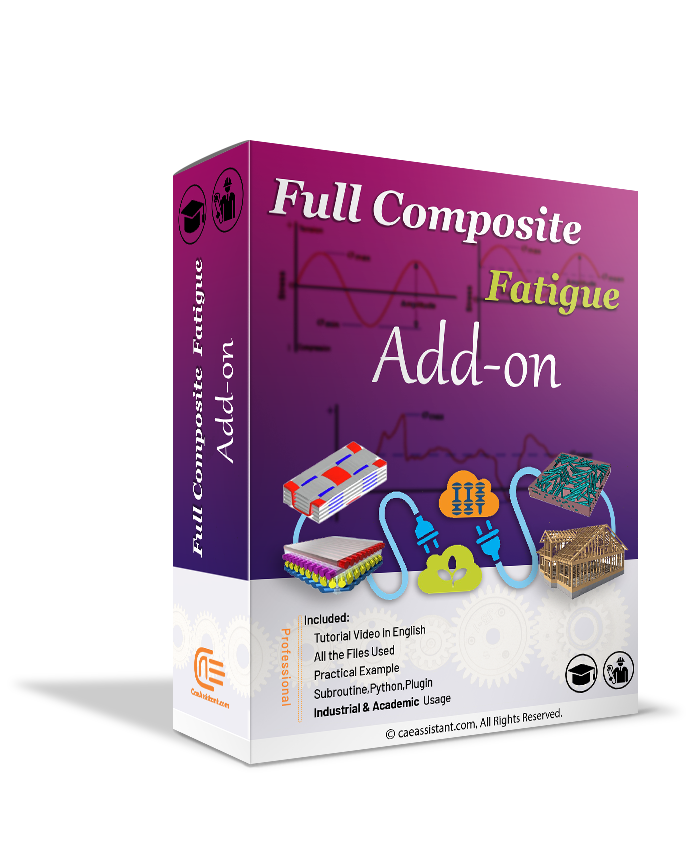
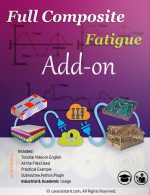
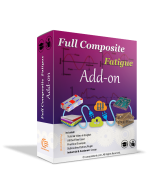


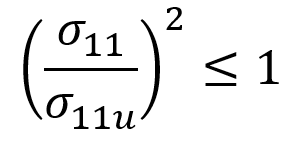

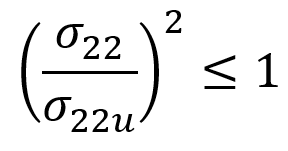
Reviews
Clear filtersThere are no reviews yet.